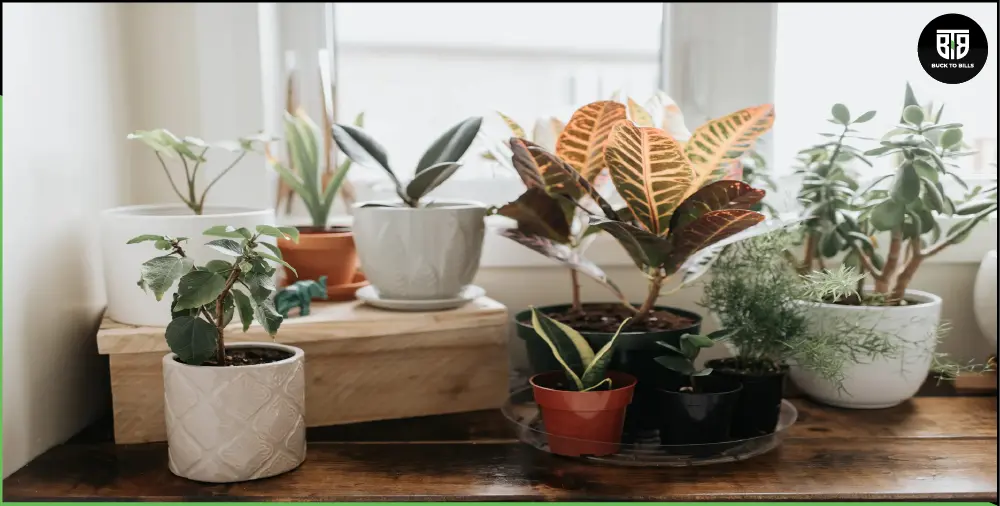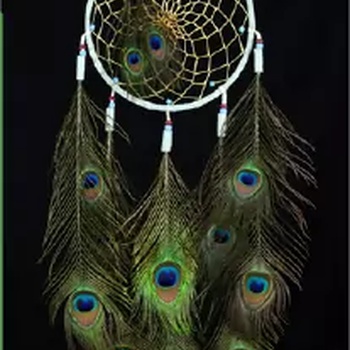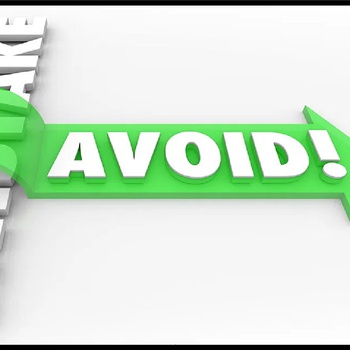Learn how to get rid of aphids on indoor plants.
One of the most annoying plant pests is Aphids. They can damage your nice Houseplants and irritate your skin. Fortunately, there are many ways to get rid of small insects – here are several ways, How to kill small Aphids on indoor plants?
Let's, learn How to get rid of aphids from Indoor plants.
Aphids are a common insect pest that feeds on plant leaves and stems. Though they are not harmful, their presence can decrease the healthof your plants, especially if pest populations grow in large numbers. Knowing how to get rid of aphids on indoor plants is important if you want your houseplants to thrive in your home environment.
First, rinse each infected plant with water until it appears clean of aphids. Then apply insecticidal soap (such as Safer Brand) directly to infected areas to kill any remaining insects. Finally, allow plants to fully dry before replanting them
Houseplants are easier to grow than many people think
Cleaning out old leaves and green soil can be time-consuming, but it is well worth the effort. The benefits of having houseplants inside your home include a lovely aesthetic, better air quality, and reduced stress levels.
There are many ways to take care of the plants in your house, but it’s always a good idea to start with a clean room. If you don’t want bugs around, start by removing all clutter from the room and washing the windowsills down with distilled water (no bleach).
Learn how to get rid of aphids on indoor plants, top 10 indoor plants, and other helpful tips for caring for your indoor plants.
The easiest way to get rid of aphids is to prevent them from getting onto your plant in the first place. This is done by controlling the environment as much as possible, using natural insecticides and pest barriers.
If you need to get rid of aphids on indoor plants, you may find that it's better to use insecticidal soap than to try and physically remove them. Insecticidal soap can be mixed with water and applied directly to the plant's leaves. It will kill both aphids and their eggs, but it will also leave a residue that can make your indoor houseplants look unsightly.
Follow these helpful tips to keep your plants happy, healthy, and clean.
How to Get Rid of Aphids on Indoor Plants - Low Maintenance Plants, Top 10 Indoor Plants, How To Get Rid Of Aphids On Indoor Plants, Best Indoor Plants For Oxygen and Are Snake Plants Toxic To Cats are some of the most frequent questions that many people have. The truth is that you will have to know how to get rid of aphids on indoor plants the best way so you can make the house feel a lot more comfortable for you!
The best way to avoid aphids on indoor plants is to keep them happy, healthy, and hydrated. Water them often and feed them with high-quality food such as organic fertilizer, or even better, water plants with organic substances like coconut milk or organic tea. You can also use natural alternatives such as garlic and rosemary oil but always consult with your doctor first.
You can use neem and peppermint leaves, or set out some fresh mint in water and watch them go to work on the problem
If your indoor plants are suffering from aphids, you’re not alone. We are talking about how to get rid of aphids on indoor plants in the article.
In this article, we are going to show you how to get rid of aphids on indoor plants. The information above is designed to help you with the best way of getting rid of aphids on your indoor plants with ease. The best thing about this article is that it is easy to follow and fully explained.
How to Get Rid of Aphids on Indoor Plants?
Indoor plants, like the large coneflower, can make your home feel bigger and more welcoming. If you want to grow small indoor plants, start with a seed pod or capsule. Plant in small pots and change their water every few days.

1. You can use cotton swabs to remove any bugs, such as aphids.
Put one cotton swab in a cup of water, and use a cup brush to dip the cotton swab into the garlic solution made of two parts white vinegar, and one part water. Place your hands in the bowl of water so that you coat both of your fingers, leaving only a little bit of vinegar on each sponge before wringing them out so they are saturated with the liquid.
Then hold it against the plant leaf, squeeze it gently with your fingertips and pull up from there until you see bugs coming off. If you have more than one cotton ball soaked in the solution, repeat this step at least three times after about 10 minutes for maximum results.
Making the most out of artificial lighting indoors can be a challenge, but there are ways around it. Go for low-maintenance plants like chamomile, creeping fig, and snake plant.
A good indoor plant light will last years and will be a great addition to any environment.
High-quality artificial lights that emit the right colors of light, so that your plants thrive under them are important as well.
Growing a potted plant can be fun, easy, and very rewarding. Outdoor plants need sun and rain to thrive; indoor plants need artificial light, so how do you know what type of lighting will work best for your potted plants?
There are also many greenhouses, indoor or outdoor. They are designed to provide plants with the sunlight they need to grow, including artificial light. Sunlight glistens on your plants and gives them a golden glow. A plastic tray makes a great home for your plants so they can receive the proper amount of light!
Low-maintenance plants indoor—top 10 indoor plants—how to get rid of aphids on indoor plants—are snake plants toxic to cats—self-watering pots for indoor plants—olive tree indoor
A good indoor plant is a great choice for any space, but don't underestimate the power of a small houseplant! Indoor plants are great for making your home feel more relaxed and bright, and they'll survive in almost any household environment.
Orchids, fiddle leaf figs, and philodendrons are all types of houseplants that look great and can be easily maintained. If you’re just starting with your indoor gardening venture, here are some best practices for first-time indoor gardeners:
These lights will enable you to grow plants in a small or free-space area.
They are very efficient, energy-saving, and easy to manage. The light source is low heat and luminescent, which is safe for kids, pets, and plants. With this lamp, you can plant more varieties of plants under one light.
2. Learn to recognize when houseplants need water
In general, you should be more concerned about overwatering than watering. Most houseplants are a bit dry than wet sopping. The goal is to give your plants enough water to keep the soil moist but not wet. (Succulents are a notable exception to this rule. They need occasional soakings.)
Slowly pour water into the potting soil until it comes out of the drainage holes in the bottom of the pot. Most plants only need to be watered once or twice a week and even less during the winter months. An easy way to test if your plant needs a drink is to stick your finger two inches deep into the soil. If it feels dry, then it is most likely to drink water.
3. Be aware of temperature, humidity, and ventilation
Most houseplants thrive between 65 and 75°F during the day and are 10 degrees cooler at night. In general, house plants need humidity levels similar to their natural growing conditions. Air plants (of the genus Tillandsia) draw all their water from the air and thus must be constantly misted with a spray bottle.
For other houseplants, condensationthat stays on the leaves too long can be harmful, which is why proper airflow is so important for healthy plants. Placing a fan near your houseplants to circulate the air can prevent excess moisture from evaporating and prevent dust from forming on the leaves.
Make sure your houseplants get the right amount of light
All houseplants need light energy for Photosynthesis, but different houseplants need different amounts of light. Except for desert cactus and other succulents, most houseplants require indirect rather than direct light. Houseplants that thrive in indirect light are best placed near west-facing windows or, for plants that need bright light but not direct sun, a few feet back from south-facing windows.
Plants that survive particularly shady, low-light conditions and thrive indoors include the Z-Z plant, snake plant, pothos, and philodendron. These plants can grow in north and east windows. Some houseplants require artificial light to grow indoors, especially during the winter months and in certain areas with shorter daylight hours. Common household light bulbs are not efficient at providing light to houseplants, so you'll need to purchase fluorescent or LED grow lights, which have full-spectrum bulbs that emit cool and warm light to mimic natural sunlight. provide balance.

4. Use the correct potting soil
A high-potency soil will help plant roots grow by providing an ideal balance of plant growth, aeration, and water absorption. Garden centers sell general potting soil, but whenever possible you should choose potting soil specific to your houseplants. For example, orchids and bromeliads require well-drained soil but grow best in well-drained, sandy soil.
Choose a pot that suits your plant. When choosing a pot, be sure to consider its material, size, and drainage capacity. Use a pot that is proportional to your plant's current size—no more than a few inches in diameter larger than your plant's roots. If you start the plant in a larger pot instead, its roots won't be able to absorb moisture as quickly as it flows through the soil.
Plastic containers are lightweight, making them ideal for use in hanging baskets or on wall shelves. Terracotta pots are heavy, and their porous nature means they don't hold water as well as plastic pots. Make sure there is a drain hole in the bottom of your pot.
5. Use compost to provide nutrients
To achieve sustainable, healthy indoor plant growth, regularly replenish the nutrients in the potting soil. In general, fertilize your houseplants once a month when they are growing or flowering.
During the winter months when plants are generally in a dormant state, it is acceptable to reduce or stop your fertilization regimen. Remember that these are general rules, and specific plants may require their separate fertilizer schedule or a specific type of fertilizer.
Conclusion
In this today's post, we read about how can we protect our Indoor Plants from common Insects that are called Aphids. In the above post, several reasons have been given by BuckToBills like giving proper nutrition to plants by fertilizers, the right quantity of sunlight for preparing their food, maintenance of your indoor plants, etc. Hope you would love this content on Indoor Plants and how to maintain your Indoor Plants in the right direction. So, that's all in today's post, see you soon in the next post.
FAQs (Frequently Asked Questions)
Ques: Which is the best low-maintenance indoor plant?
Ans: In this post, I have given you some low-maintenance indoor plants that will give fresh air to your home and give you a healthy environment.
- Aloe Vera (Aloe barbadensis miller)
- ZZ Plant (Zamioculcas zamiifolia)
- Snake Plant (Sansevieria Trifasciata)
- Spider Plant (Chlorophytum Comosum)
- Cast Iron Plant (Aspidistra Elatior)
- Succulents (multiple families)
- Pothos (Epipremnum aureum)
Ques: What are the best indoor plants for beginners?
Ans: Peace lily
If you are looking for a flowering plant that does not require much attention, then peace lily is the best choice for you! Not only do they love the shade, but they really like that their soil dries out between watering. They bloom several times a year and purify your air too!
Ques: How did aphids get on my indoor plants?
Ans: Aphids, well sometimes they are called plant lice. They are one of the most common pests of indoor plants. Aphids are easily brought indoors by air on infected plants, attached to clothing, or through an open window.
Ques: Are Aphids Harmful to Houseplants?
Ans: If you spot aphids on houseplants, there are several safe and easy methods you can use to eliminate them. Aphids are commonly found on the tender growing tips of plants and will cause damage by sucking the sap from the plant and causing deformity. Left unchecked, aphids can do a lot of damage to your plants.
Ques: What is the easiest way to kill aphids?
Ans: You can often control aphids by wiping or spraying the plant's leaves with a mild solution of water and a few drops of dish soap. The soapy water should be reapplied every 2-3 days for 2 weeks.
Ques: Do aphids lay eggs in the soil?
Ans: They reproduce asexually during the growing season. The eggs winter in the soil or, in warmer climates, are attached to leaves and stems above the root line where they hatch and drop to the ground. Aphids bore holes in the root, creating scars that leave plants vulnerable to mildew and disease.




















